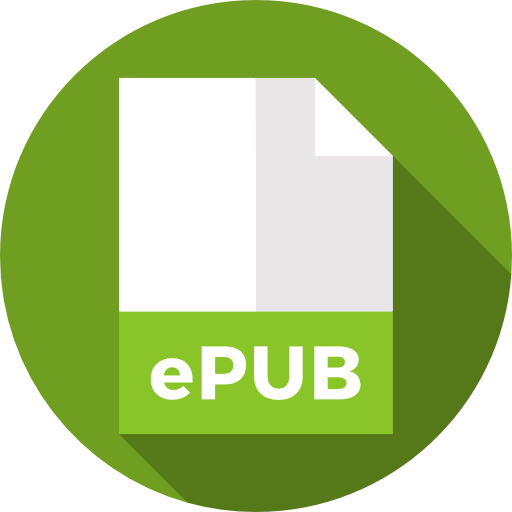
An International Publisher for Academic and Scientific Journals
Author Login
Scholars Journal of Physics, Mathematics and Statistics | Volume-12 | Issue-05
Circling an Equilateral Triangle with Straightedge and Compass in Euclidean Geometry
Tran Dinh Son
Published: June 16, 2025 |
295
496
Pages: 140-148
Downloads
Abstract
No scientific theory lasts forever, but specific research and discoveries continuously build upon each other. The three classic ancient Greek mathematical challenges likely referring to are “Doubling The Circle”, “Trisecting An Angle” & “Squaring The Circle”, all famously proven Impossible under strict compass-and-straightedge constraints, by Pierre Wantzel (1837) using field theory and algebraic methods, then also by Ferdinand von Lindemann (1882) after proving π is transcendental. These original Greek challenges remain impossible under classical rules since their proofs rely on deep algebraic/transcendental properties settled in the 19th century. Recent claims may involve reinterpretations or unrelated advances but do overturn these conclusions above. Among these, the "Squaring The Circle" problem and related problems involving π have captivated both professional and amateur mathematicians for millennia. The title of this paper refers to the concept of "constructing a circle that has the exact area of a given equilateral triangle " or “Circling The Triangle”. This research idea arose after the “Squaring The Circle” problem was studied, solved and published in “SJPMS” in 2024 [8]. This paper presents an exact solution to constructing a circle that is concentric with and has the same area as any given regular triangle. The solution does not rely on the number π and adheres strictly to the constraints of Euclidean geometry, using only a straightedge and compass. The technique of “GEOMETRY ANALYSIS” is employed to solve this “Circling The Triangle” problem precisely and exactly with only a straightedge and compass, without altering any premise of the problem. This independent research demonstrates the solution to the challenge using only these tools. All mathematical tools and propositions in this solution are derived from Euclidean geometry. The methodology involves geometric methods to arrange the given regular triangle and its equal-area circle into a concentric po


